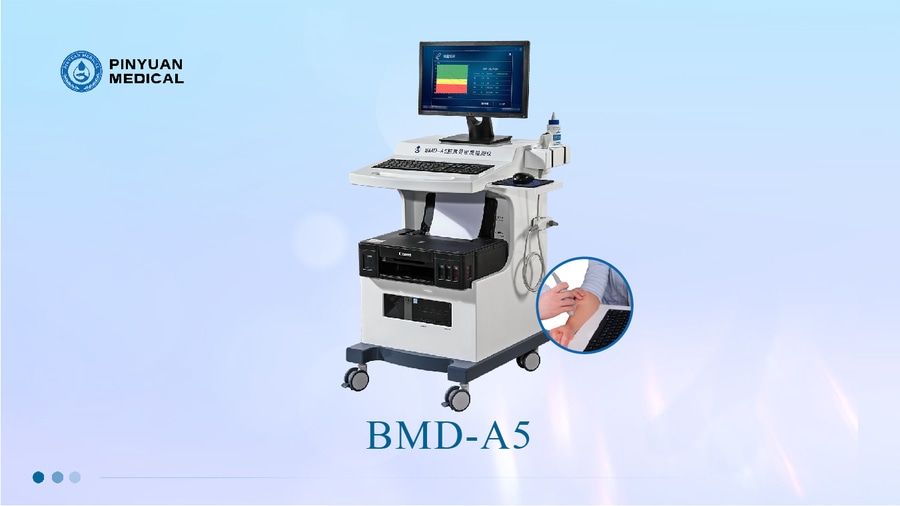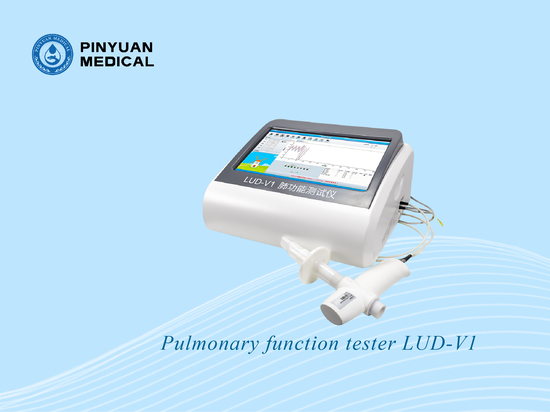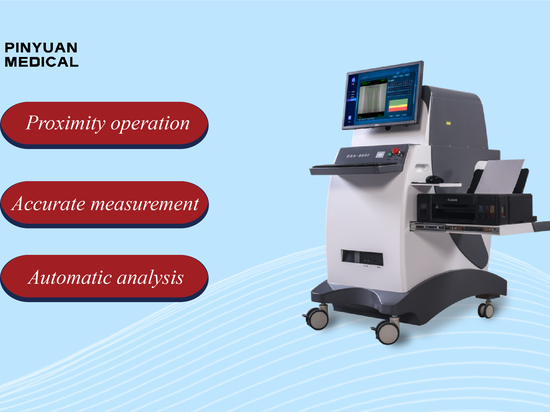
#Industry News
Depth analysis of T value and Z value in ultrasonic bone density detector test report
T value and Z value of ultrasonic bone mineral density detector are important indicators to evaluate bone health status, and have reference value for judging bone mineral density status and predicting fracture risk.
With the rapid development of science and technology in the world today, ultrasonic bone mineral density detector, as a non-invasive, safe and effective means of detection, is widely used to assess individual bone health status. Among them, T value and Z value, as the two core indexes in ultrasonic BMD detection, have reference value for judging BMD status and predicting fracture risk.
1. The meaning and application of T value
The T-score, full name T-score, is the standard deviation of bone mineral density test results compared with the bone mineral density of normal young people of the same sex. It reflects the bone density level of the person measured relative to the same age and gender. The normal range of T-values is usually set between -1 and +1, where bone density is considered normal without significant signs of bone loss.
• T value ≥-1: indicates that bone density is normal and there is no need to worry about bone loss.
-2.5
T-value ≤-2.5: While this is often considered a reference range for osteoporosis, it is important to note that the T-value results of an ultrasound bone densitometer are usually used for screening rather than direct diagnosis. If the T value is at or below this level, further confirmation by more accurate methods such as dual-energy X-ray absorption (DXA) is recommended.
2. the meaning and application of Z value
The Z-score, or Z-score, is the standard deviation of a person's BMD compared to the average BMD of people of the same sex, age, and race. It is mainly used to assess the degree of bone density deviation relative to the peer group.
A Z-value between -1 and +1 indicates normal bone density, which is comparable to the average for the age group.
Z-value <-1: indicates that the subject's bone density is lower than the average level of the age group, and there may be a risk of bone loss. As the absolute value of Z increases, so does the risk of bone loss.
Z-value <-2: usually considered as a high-risk signal of bone loss, patients need to pay close attention to bone health and take necessary preventive measures.
3. the comprehensive application of T value and Z value
T-values and Z-values are often used in conjunction with ultrasound bone mineral density tests to provide a more comprehensive and accurate assessment of bone health. The T value mainly reflects the BMD level of the tested subjects relative to the same age and gender population, while the Z value focuses on the BMD deviation degree of the tested subjects relative to the same age population. The two complement each other and provide an important reference for bone health monitoring and intervention.
4. Precautions
Although ultrasound bone densitometry plays an important role in the assessment of bone health, its results should be used as a screening tool rather than a direct diagnostic basis. In the case of abnormal T or Z values, it is recommended to further confirm the diagnosis by dual-energy X-ray absorption assay (DXA). At the same time, it is also necessary to choose a regular medical institution for bone density testing to ensure the accuracy and reliability of the test results.
5. Write last
T value and Z value of ultrasonic bone mineral density detector are important indicators to evaluate bone health status, and have reference value for judging bone mineral density status and predicting fracture risk. By regularly monitoring changes in T-values and Z-values, we can detect bone health problems in time and take necessary preventive measures to protect bone health and improve quality of life. However, keep in mind that the results of the ultrasound bone densitometer should be used as a screening tool, and for suspected osteoporosis, a more precise test is needed to confirm the diagnosis.






